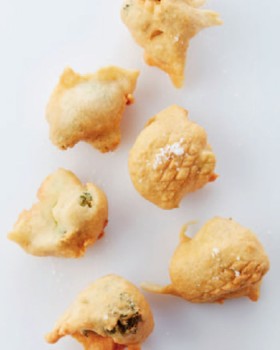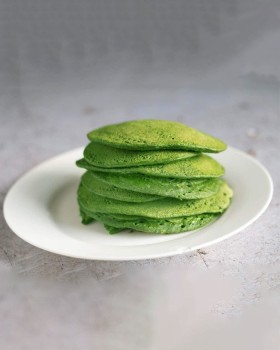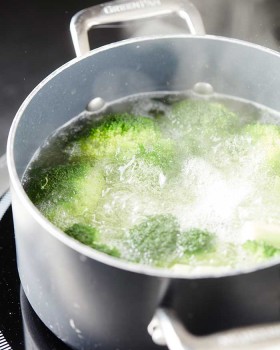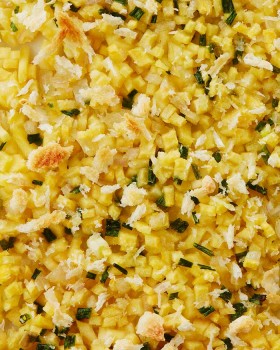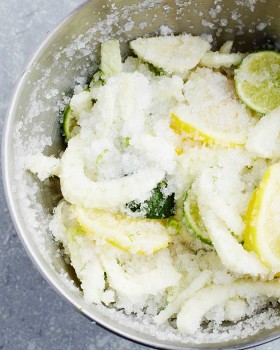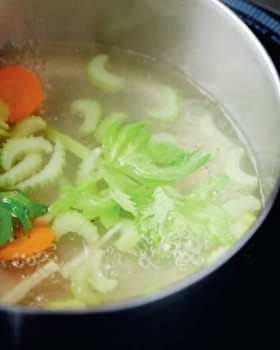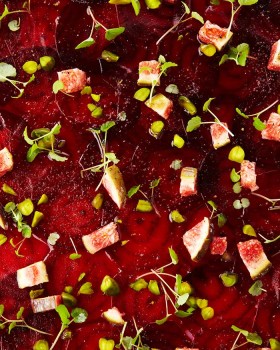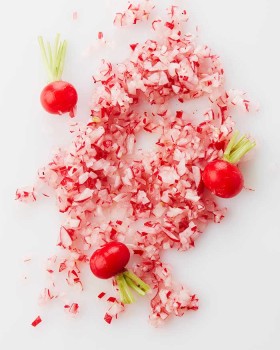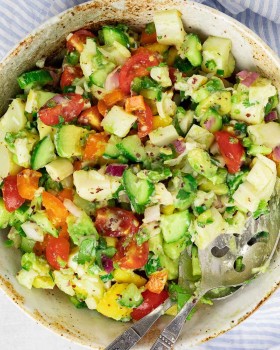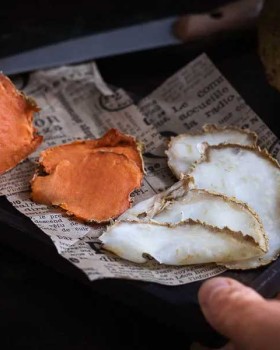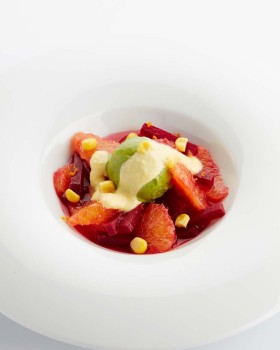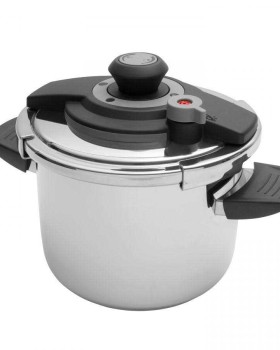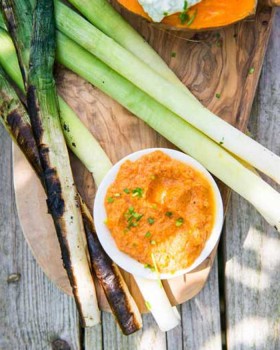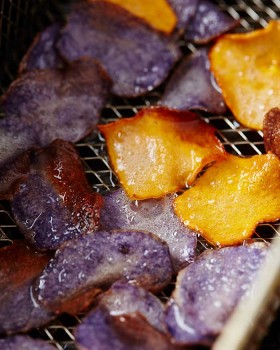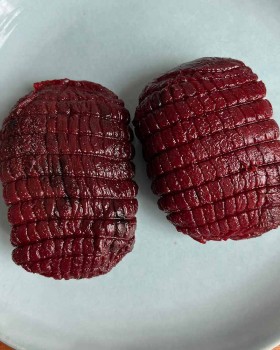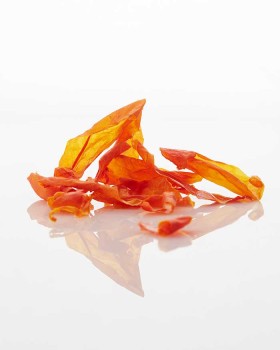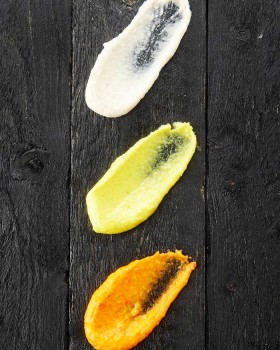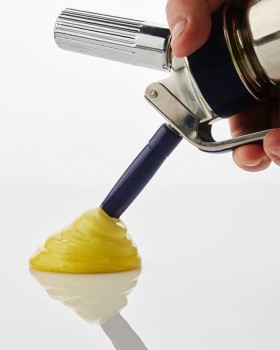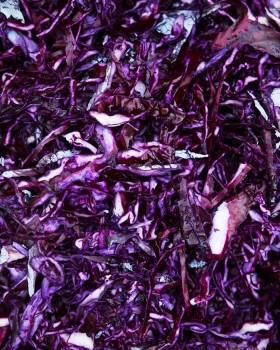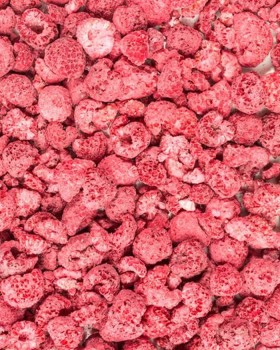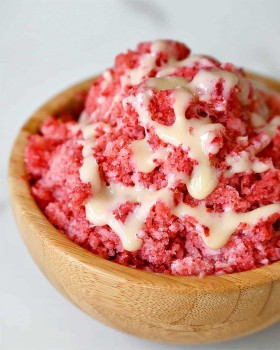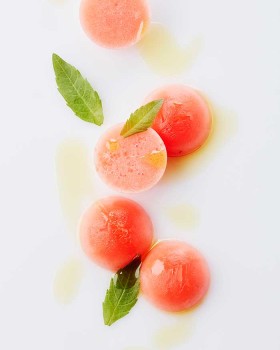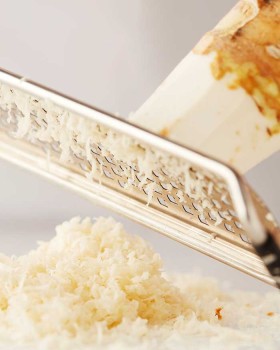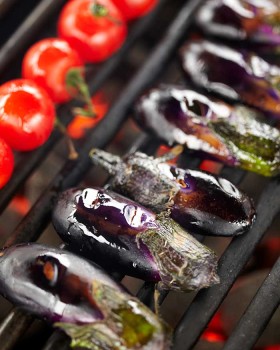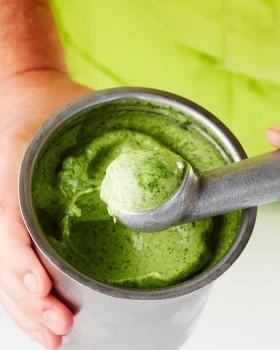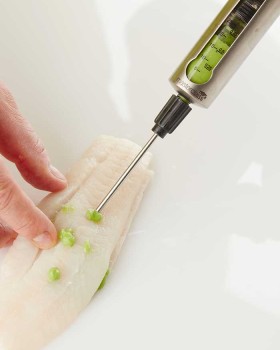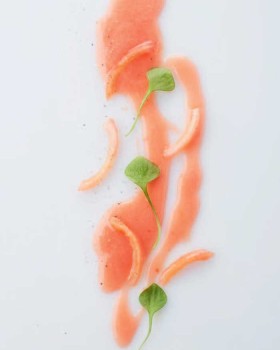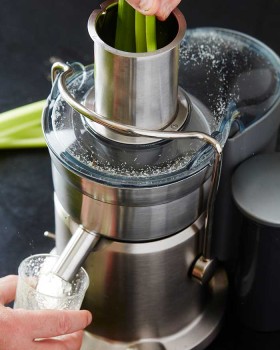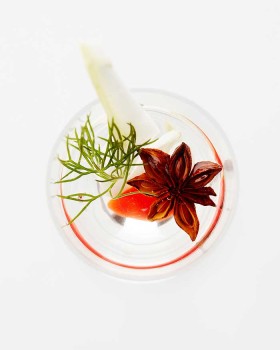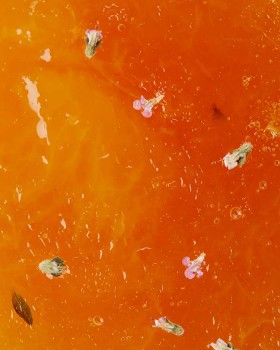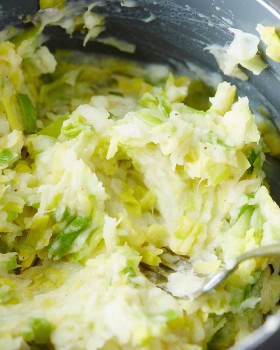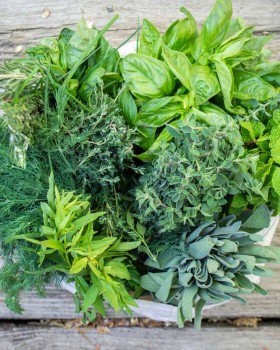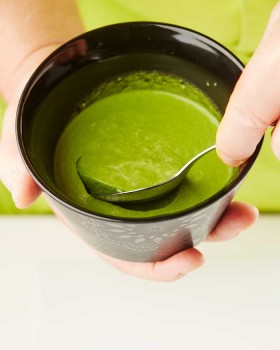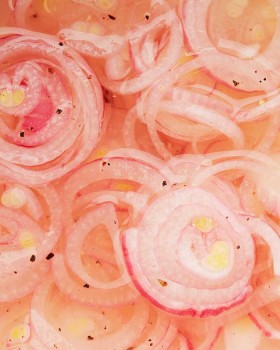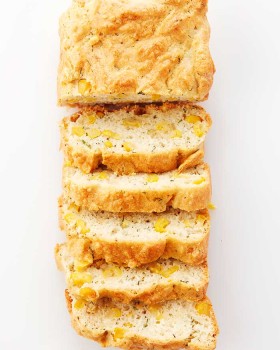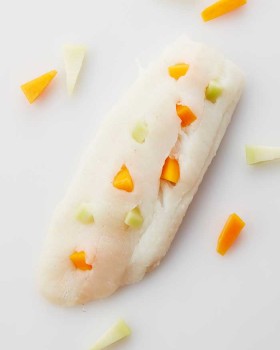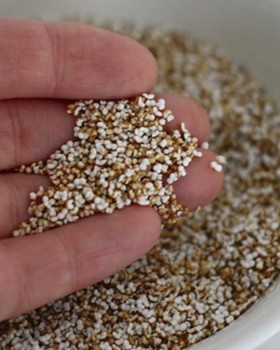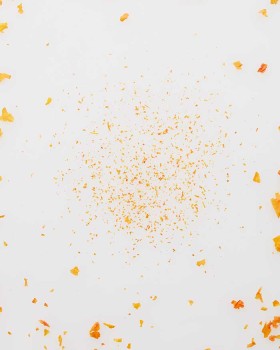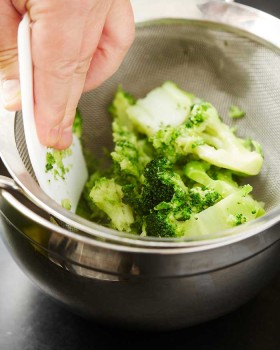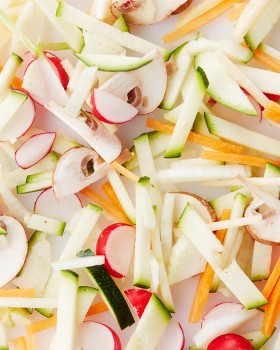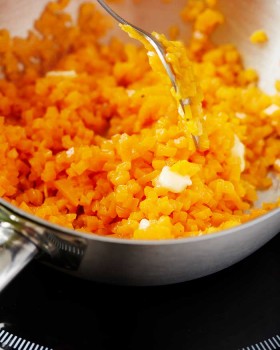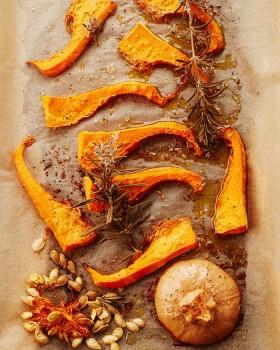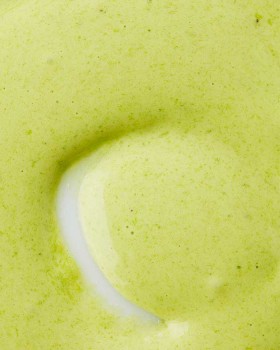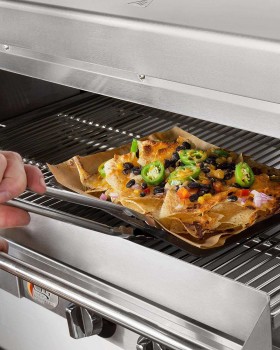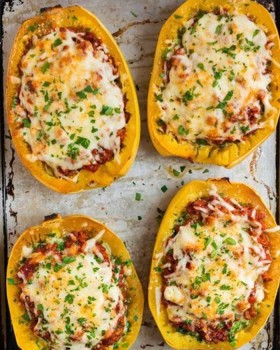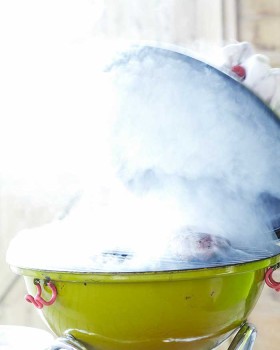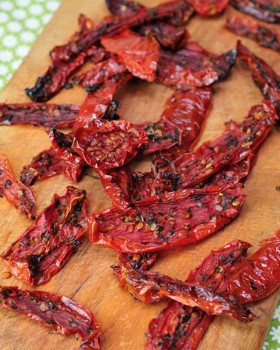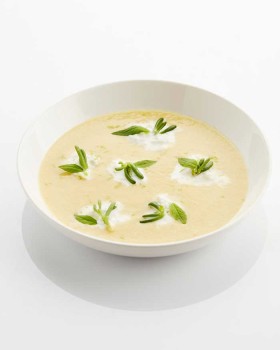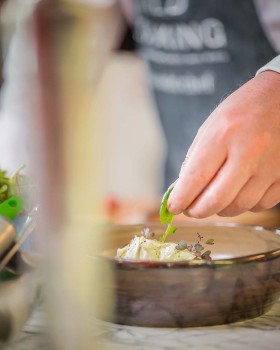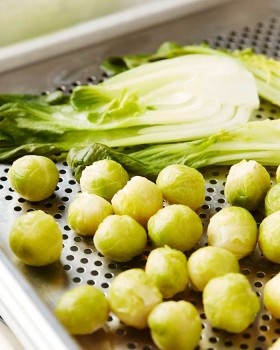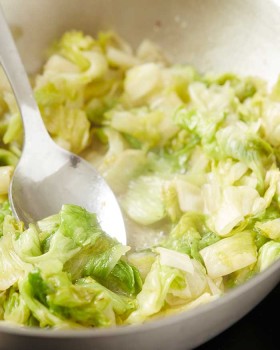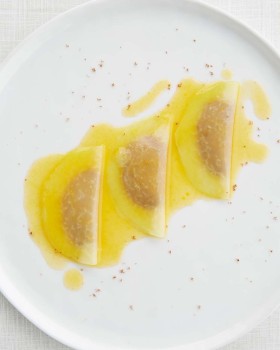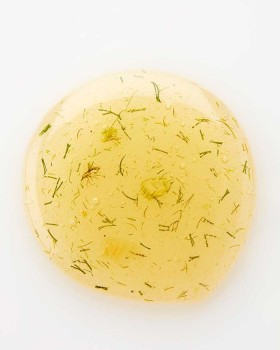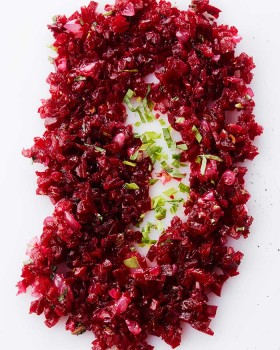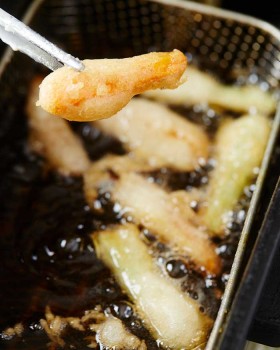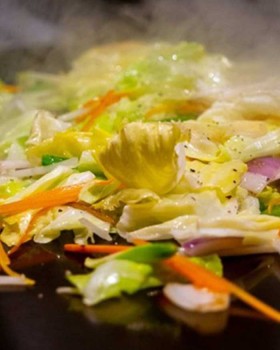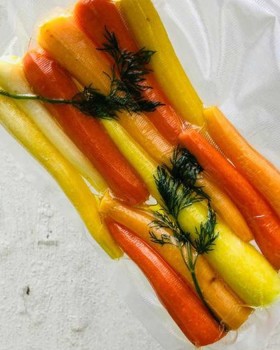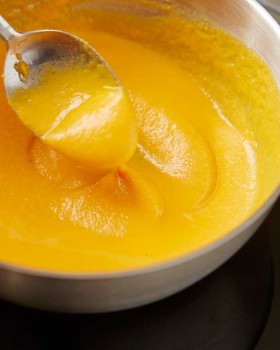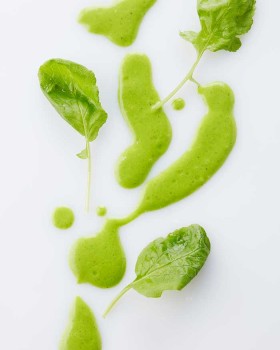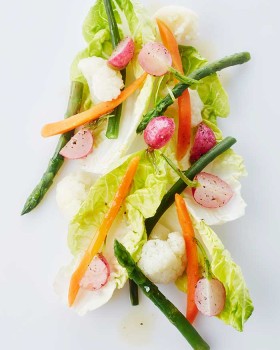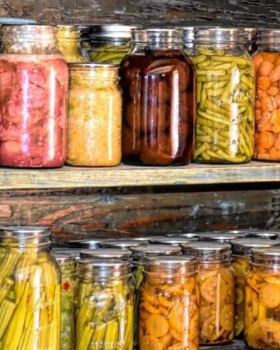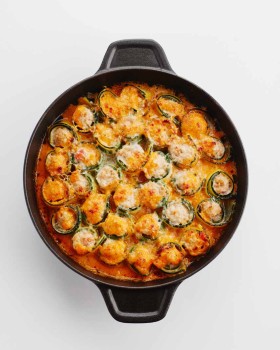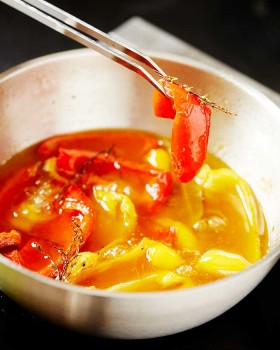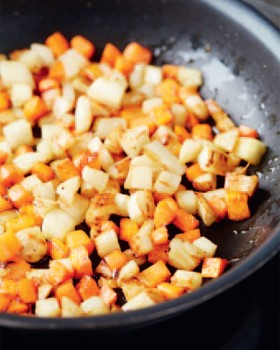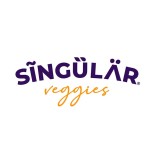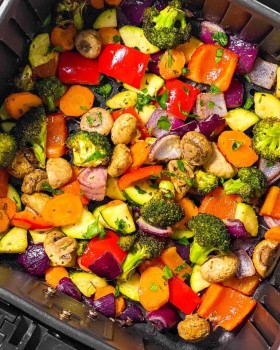
Culinary Technique - Drying
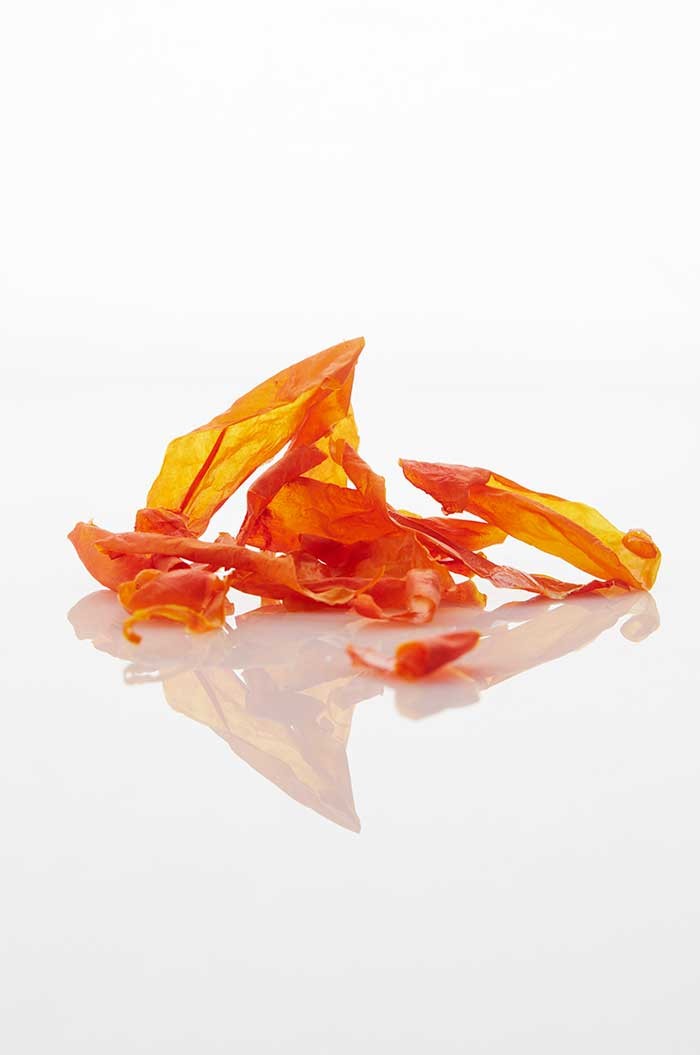
Vegetable drying isn’t a technique that’s commonly used at home. Some brave souls might dry their tomatoes in the oven, but it doesn’t generally go beyond that. And yet, drying is one of the most ancient methods for preserving food. Drying eliminates water and thus reduces the spread of bacteria and mould. With modern techniques this is no longer necessary, but dried vegetables can add an interesting layer of flavour. Think of dried tomatoes, which taste spicier and sweeter than fresh ones. Drying vegetables alters their structure, colour and smell, but in no way does it reduce their quality. Vegetables can be dried in the oven or in a special dryer. In general, one can dry any vegetable that contains enough water, except for leafy vegetables. Hard vegetables like carrots, broccoli, cauliflower, celeriac, Brussels sprouts, leeks, fresh pulses and fennel should be quickly blanched or steamed, to jump-start the dehydration process. Softer vegetables like tomatoes, eggplant, mushrooms and zucchini should be left raw. Cut the vegetables into chips, slices, rings or strips, place them on a baking pan, sprinkle them with a bit of salt and herbs — or, in the case of tomatoes, with a bit of sugar — and put them in the oven or dryer. Drying is done at low temperatures, between 50 and 80 °C, and takes between one and a half and 24 hours depending on the type of vegetable, the amount of water they contain, the type of dryer and the temperature employed. Adequate temperatures and drying times are indicated on various websites. Vegetables such as tomatoes can also be semi-dried. In that case, the process will be considerably faster. The tomatoes won’t be completely dehydrated, but their taste will have become more intense. They won’t keep as long as completely dried tomatoes, though. Once the vegetables are dry, let them cool and store them an airtight container, so that they won’t rehydrate. You can also keep them in (flavoured) oil in a canning jar.
Freeze-drying is a sophisticated drying technique. The food is first frozen at a very low temperature, between -30 and -80 °C. Pressure is lowered in the freezer, which produces a vacuum. Then the temperature is gradually increased, more or less slowly depending on the type of product being freeze-dried, and the ice becomes vapour. This ensures that all the water in the product is extracted. One obtains a dried product that is smaller and lighter, but has kept its shape, vitamins and taste. The advantage is that it takes up less room, weighs less and keeps for a long time. This technique is used in particular for certain herb or vegetable mixes for soups, as well as for various fruits. Instant coffee is a familiar example of freeze-drying.
- Clean and wash the vegetables. Cut them into thin chips, strips, slices or rings.
- Heat the oven or dryer to the required temperature and dry the vegetables to the desired degree.
- Season to taste.
More culinary techniques

